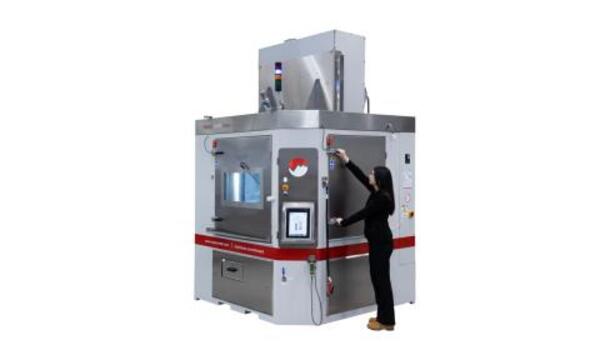Planning Your Workshop Layout
Setting up a vapour blasting machine in your workshop isn’t just about plugging it in and getting started. To use it efficiently and safely, it’s important to plan your workspace properly. Choose an area with good drainage, access to water, and space for both the machine and a work surface for handling components. Ideally, your vapour blasting station should be located away from sensitive electronics or other tools affected by moisture.
Understanding Power and Air Requirements
A vapour blasting machine relies on both electricity and compressed air to function. Most machines run on standard 240V power in the UK, but always check the specific model’s requirements. More importantly, you’ll need a reliable air compressor with a suitable capacity—typically producing at least 10–15 CFM at 90 PSI. Investing in a high-quality air system with water traps and filters will ensure consistent blasting performance and reduce downtime from clogs or pressure drops.
Water Supply and Filtration
Water is a key element in vapour blasting, so your machine will need a steady, clean supply. Most setups use mains water, and some high-end machines include built-in filtration systems to keep the slurry clean and extend media life. Make sure you have a suitable drain or containment system in place, as the slurry (a mix of water and media) will eventually need to be replaced and disposed of responsibly.
Choosing the Right Media
One of the most important aspects of using a vapour blasting machine effectively is selecting the correct abrasive media. Common options include glass bead, aluminium oxide, and plastic media. Glass bead is ideal for most applications involving aluminium or softer metals, giving a smooth, satin finish. You can also experiment with different blends to find the right balance between cleaning power and surface finish. Always store media in a dry area to prevent contamination or clumping.
Setting Up Safety and Maintenance Protocols
Safety is essential when operating a vapour blasting machine. Make sure all users wear gloves and eye protection, even when working inside a sealed cabinet. Also, regularly inspect seals, hoses, and gaskets for signs of wear to avoid leaks or sudden failures. Set a routine maintenance schedule to clean out the slurry tank, replace filters, and top up the media as needed. Keeping the machine in top condition ensures consistent results and extends its lifespan.
Creating an Efficient Workflow
Once your vapour blasting machine is set up, you’ll want to develop an efficient workflow. Pre-clean parts to remove heavy grease or oil before blasting. Use trays or carts to transport components to and from the machine. After blasting, rinse parts thoroughly with clean water and blow them dry with compressed air to prevent water spots or corrosion. This end-to-end workflow will keep your projects moving smoothly and reduce turnaround time.
Final Thoughts on Setting Up Your Machine
Installing a vapour blasting machine is a smart upgrade for any workshop focused on precision cleaning and surface finishing. With the right setup, your machine will become an invaluable part of your workflow—helping you deliver higher-quality results, whether you’re restoring vintage parts, cleaning engine components, or prepping items for coating. A little planning goes a long way in making sure your investment delivers maximum performance and longevity.

